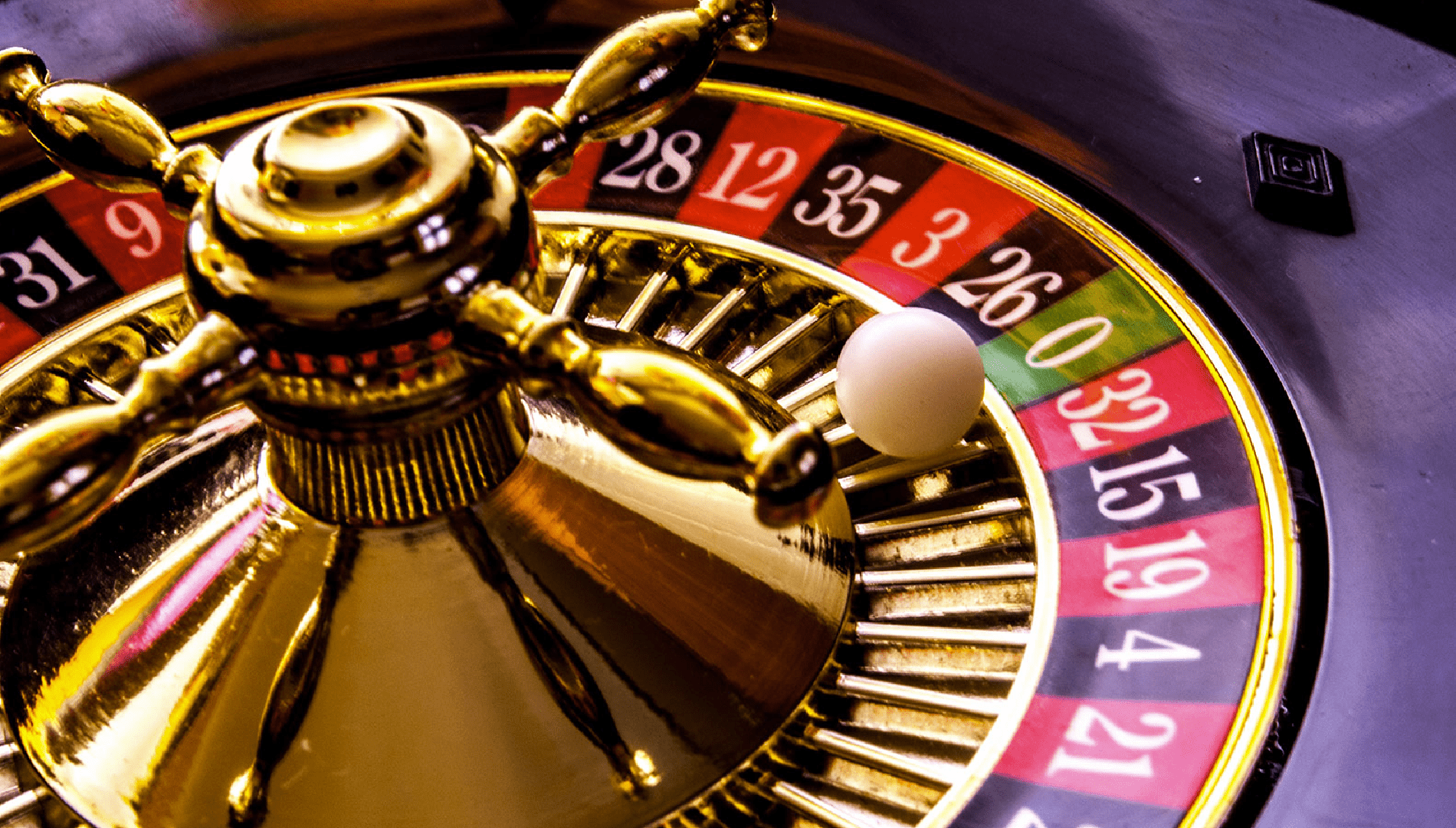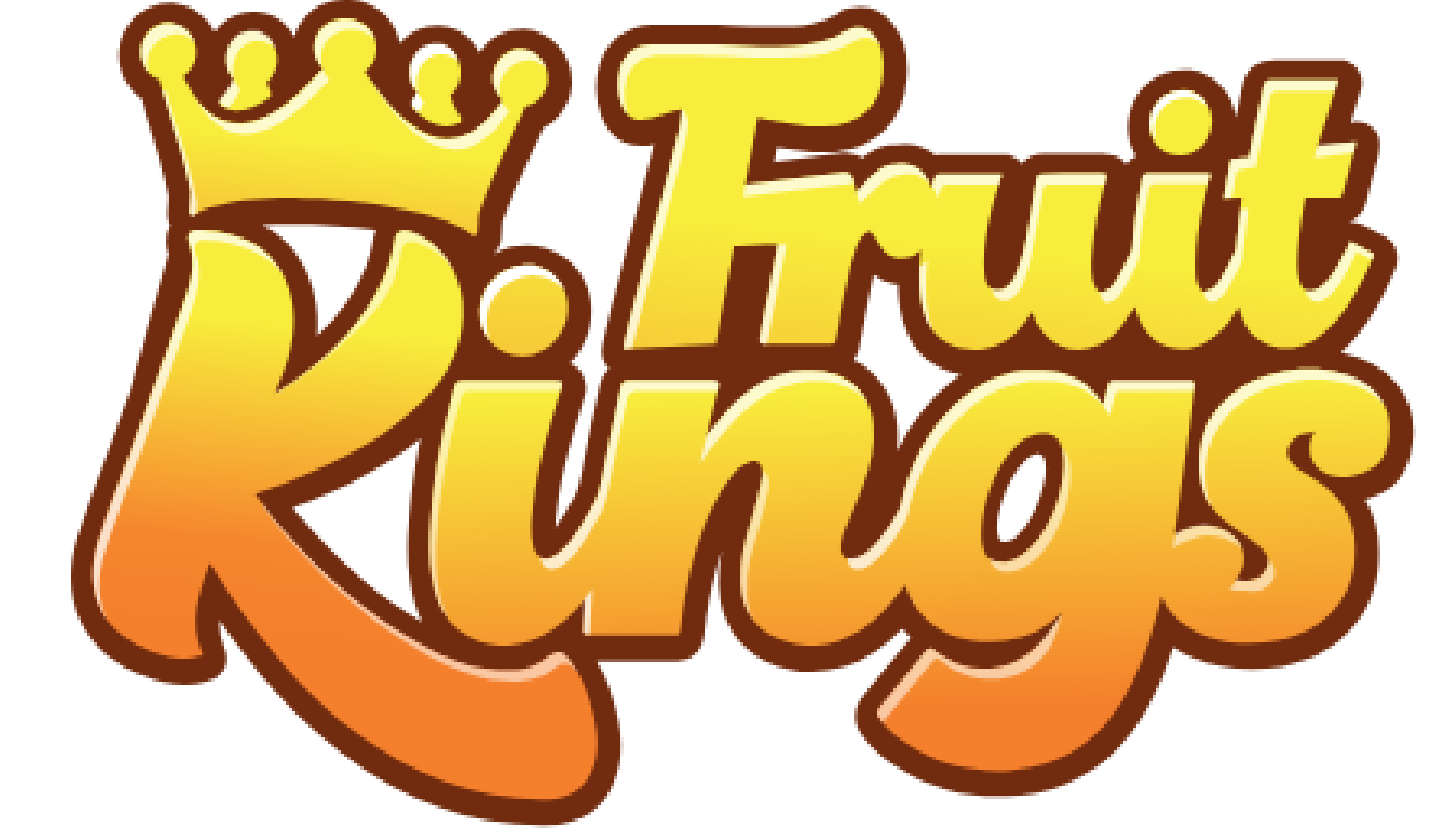
Blackjack Odds Charts
You require a betting strategy in order to become an expert Blackjack player. Take use of these Blackjack odds charts to raise your chances of success.
The number twenty-one is fantastic. When you reach the age of 21, the world appears full with opportunities. When playing blackjack, if you hit 21 you have the best possible number and you win. Blackjack!
Due to its ease of use and the lowest house edge of all the card games—between 0.5% and 1%—blackjack is a player's favorite card game, whether it is played online or at a semicircular table in a physical casino. Most other games have house edges that are closer to 5%.
All you have to do to win at blackjack is to edge the dealer closer to 21 without exceeding that total. Any betting strategy must have this at its core in order to lower the house edge and raise your chances of winning.
Blackjack's History
The background to blackjack is unclear. Some say that it originated when the Romans played with wooden blocks that had numbers on them. Some historians date it to the French casinos of the 1700s, when players engaged in a game known as Vingt-et-Un, or "21." The game is supposed to have been played at King Louis XV's French Royal Court and may have originated from other French card games like French Ferme and Chemin de Fer.
The game was introduced to America in the 18th century by French colonists, and in the 19th century, it gained popularity and was played with great fervor in New Orleans's officially sanctioned gaming halls. The big casinos that featured the well-liked card game 21 rose to prominence in Nevada during the 20th century. After gambling was became legal, the game's name was changed to blackjack, and the rules were modified as well. The Nevada Gaming Commission's regulations are still in effect today.
Basic Terminologies Used in Blackjack
Aces count as 1 or 11, face cards as 10, while the remaining cards in blackjack are worth their respective numerical values. Dealer typically has one card down and one up, while players are dealt two cards, usually face up. "Busting" is when the total number of cards in the deck does not exceed 21.
A player is handed a "natural" when they are dealt an ace plus a face card that sum up to 21; this usually pays off immediately. "Blackjack!" the player can exclaim with pride.
Other fundamental blackjack terms are as follows:
Hit - Everyone has seen the movie when the character is playing blackjack and says, "Hit me," which indicates that the dealer is going to hit them with another card.
Stand - You "stand" when you don't want to draw more cards because you believe you have a winning hand or are worried about going over 21. If a player or dealer has a hand total of 17 or greater, they stand; however, this also may rely on the dealer's face-up card.
Soft - If your cards are an ace and a six, you have a "soft 17." A player won't go above 21 if they take another card and obtain a 10, since an ace can count as both 1 and 11. This hand can be either 7 or 17.
Doubling Down - By increasing your wager by 100%, you can "double down" if you think your hand has a strong chance of winning. When you do, your chances of making a winning hand are typically limited to one extra card.
Split - A player may "split" their initial cards into different hands if they are dealt a "pair," or two cards with the same rank. The hands then proceed as usual. Splitting pairs, aces, and eights is generally advised. It's not a good idea with 10s and 5s. With two 10s already at 20, this is a strong hand. Furthermore, two 5s add up to 10, so if you were dealt another 10, you would be in good shape; an ace would be even better.
Basic Blackjack Strategy
It's a good idea to play with a strategy if you've never played blackjack before in order to improve your chances of winning. Typical best practices consist of:
- Practicing as much as possible
- Learning a good blackjack strategy and sticking to it
- Doubling down on 10 or 11 (ace)
- Splitting aces and 8s
- Never taking the insurance bet
- Not card counting (it's not technically illegal to count cards, but it can get you in trouble with a casino).
- Keep an eye on card counters to ensure fair play
When the dealer's face-up card is an ace, the player has the option to place a "insurance bet," which increases the likelihood that they will have an unbeatable 21 if the dealer's face-down card is a 10. In most cases, the gambler can wager half of their total and insure a portion of it against a blackjack. However, in the long run, this is a losing tactic.
There are several free online blackjack tables available if you want to play the game without jeopardizing your real money bankroll.
When you have two cards without an ace in a hard blackjack hand, you should usually:
- Always hit if you have 8 or less.
- With 9, double if the dealer has 3 through 6. If not, hit.
- With 10, double if the dealer has 2 through 9. If not, hit.
- With 11, double if the dealer has 2 through 10. Hit if the dealer has an ace.
- With 12, hit if the dealer has 2 or 3. Stand if the dealer has 4 through 6. If not, hit.
- With 13 through 16, stand if the dealer has 2 through 6. If not, hit.
- Always stand with 17 through 21.
You should also stay away from certain poor techniques. A player may attempt to increase their bets in an attempt to offset losses. Alternatively, they can win a hand, think they're winning, and increase their wagers. They can even believe that they deserve a win after several losing hands. In actuality, your chances of winning or losing each hand are equal. Your luck won't turn or stay the same just because you want it to.
Charts of Blackjack Odds
Blackjack is not solely a luck game. A solid strategy combined with math can help bring down the house odds to a manageable level. To determine whether to hit, stand, double, or split, all you have to do is glance at your two cards and the dealer's face-up card. To help you with your next hand's play, refer to these charts.
The likelihood that the dealer will go bust with each given up card is displayed in the chart below.

On any particular hand, the dealer's average bust-out percentage is 28.36%. The worth of the cards that a player has in their hands determines their chances of going bust on the first card drawn.



















